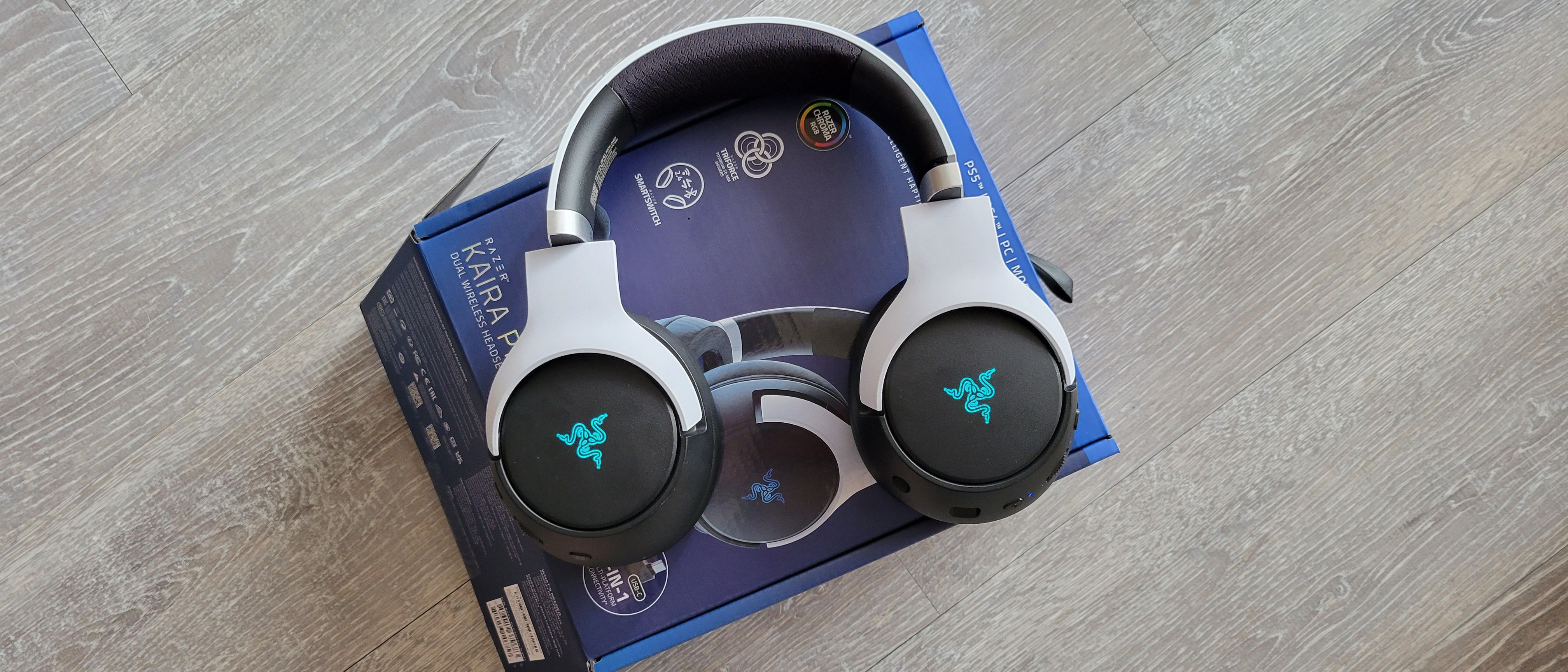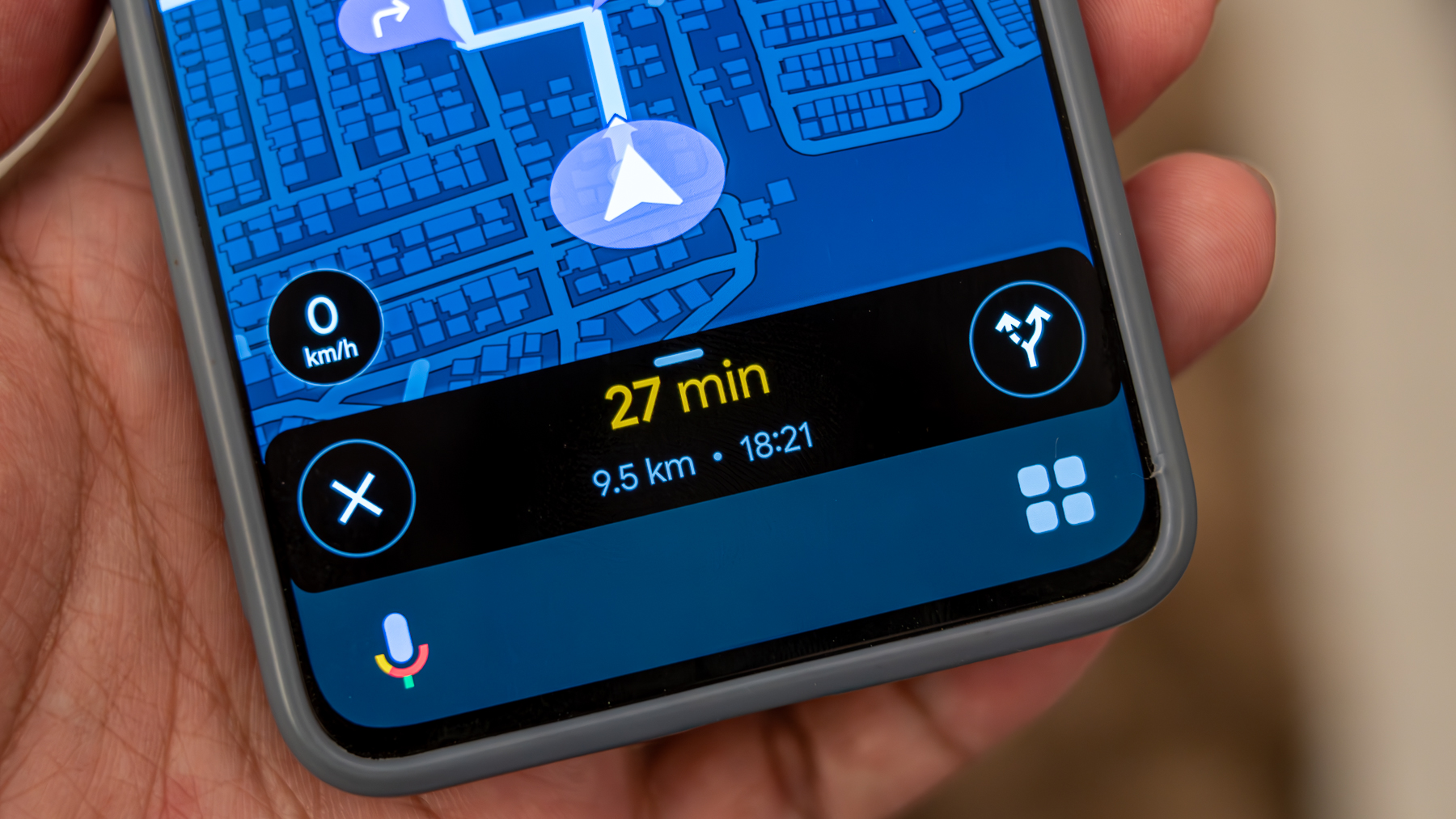Android Central Verdict
Boasting simultaneous Bluetooth and 2.4GHz connections on two devices and HyperSense haptics, the Razer Kaira Pro is an excellent headset that looks right at home sitting beside the PS5 and its accessories. Though its battery life takes a hit with HyperSense levels at full blast, it's nonetheless a great wireless option for PS5 gaming.
Pros
- +
Simultaneous Bluetooth and 2.4GHz connection on multiple devices
- +
USB-C dongle doesn't block the USB-A port on PS5
- +
Stylish RGB lights
- +
Same Razer audio quality fans love
Cons
- -
Microphone volume is soft
- -
Battery life varies wildly depending on HyperSense and RGB levels
- -
Not supported on Razer Synapse
- -
HyperSense levels need adjusting
Why you can trust Android Central
I've had the pleasure of testing out multiple Razer headsets over the years, from the lightweight and affordable Kraken X, to the premium BlackShark V2 Pro. While the latter was geared towards PC users, the Razer Kaira Pro is decidedly built for PS5, and it shows in its design; right down to the features it packs in.
Razer is no stranger to audio peripherals, making some of the best PS5 headsets in the business. I wasn't surprised to find the Kaira Pro quickly among my favorites.
Razer Kaira Pro: Price and availability
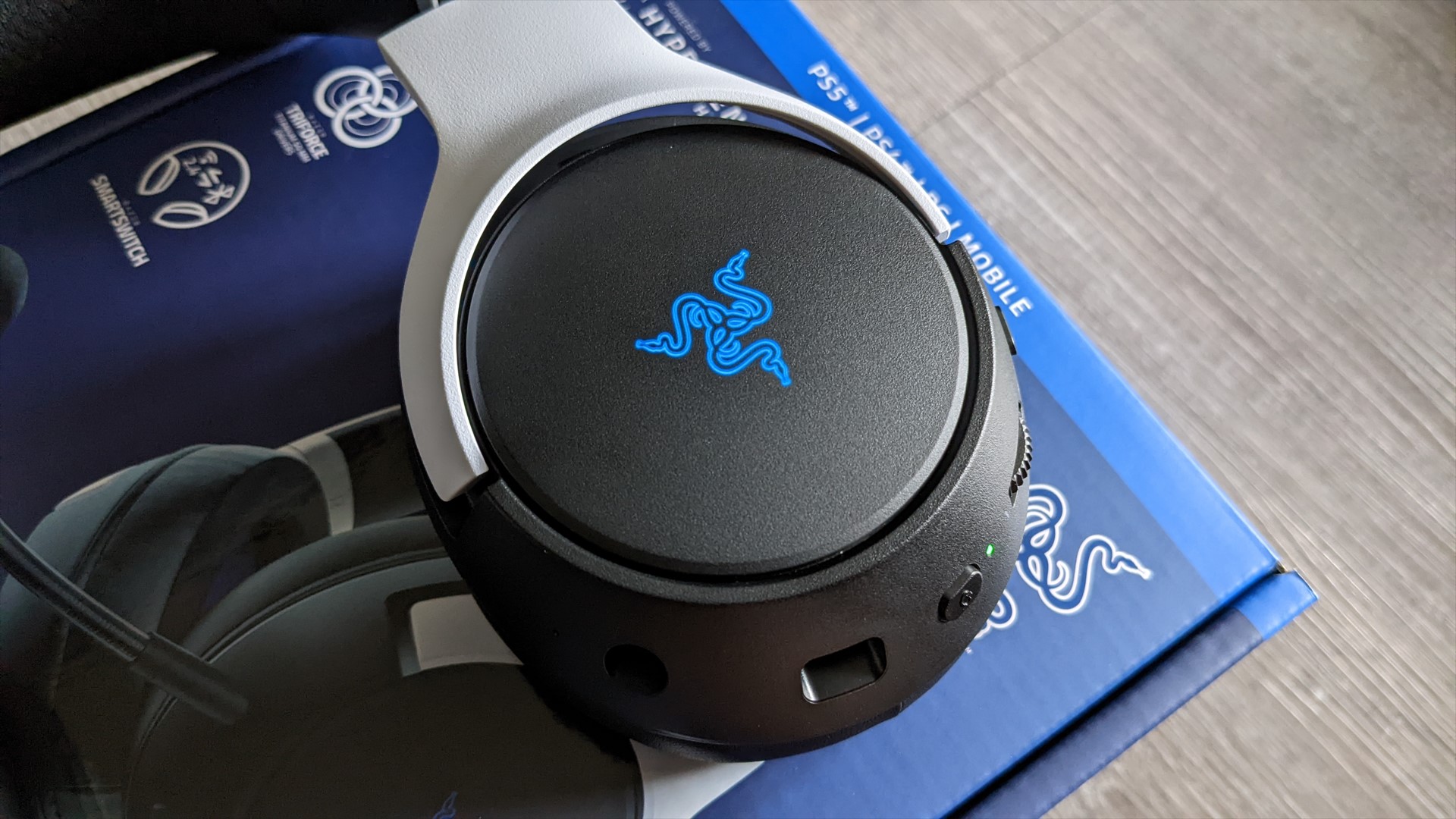
Razer released the Kaira Pro for PS5 at the tail end of 2021, nearly a year after its Xbox Series X counterpart hit store shelves, alongside the new generation of consoles. Though it's a little late to the game, it offers a similar build and feature set with one key difference: HyperSense haptics.
The Razer Kaira Pro is available at most retailers like Amazon and Best Buy, along with Razer's own online storefront for $200. At the time of writing, it's currently on sale for $150. To match the aesthetic of the PS5, it sports a white and black color scheme with silver metallic swivels.
Razer Kaira Pro: What works well
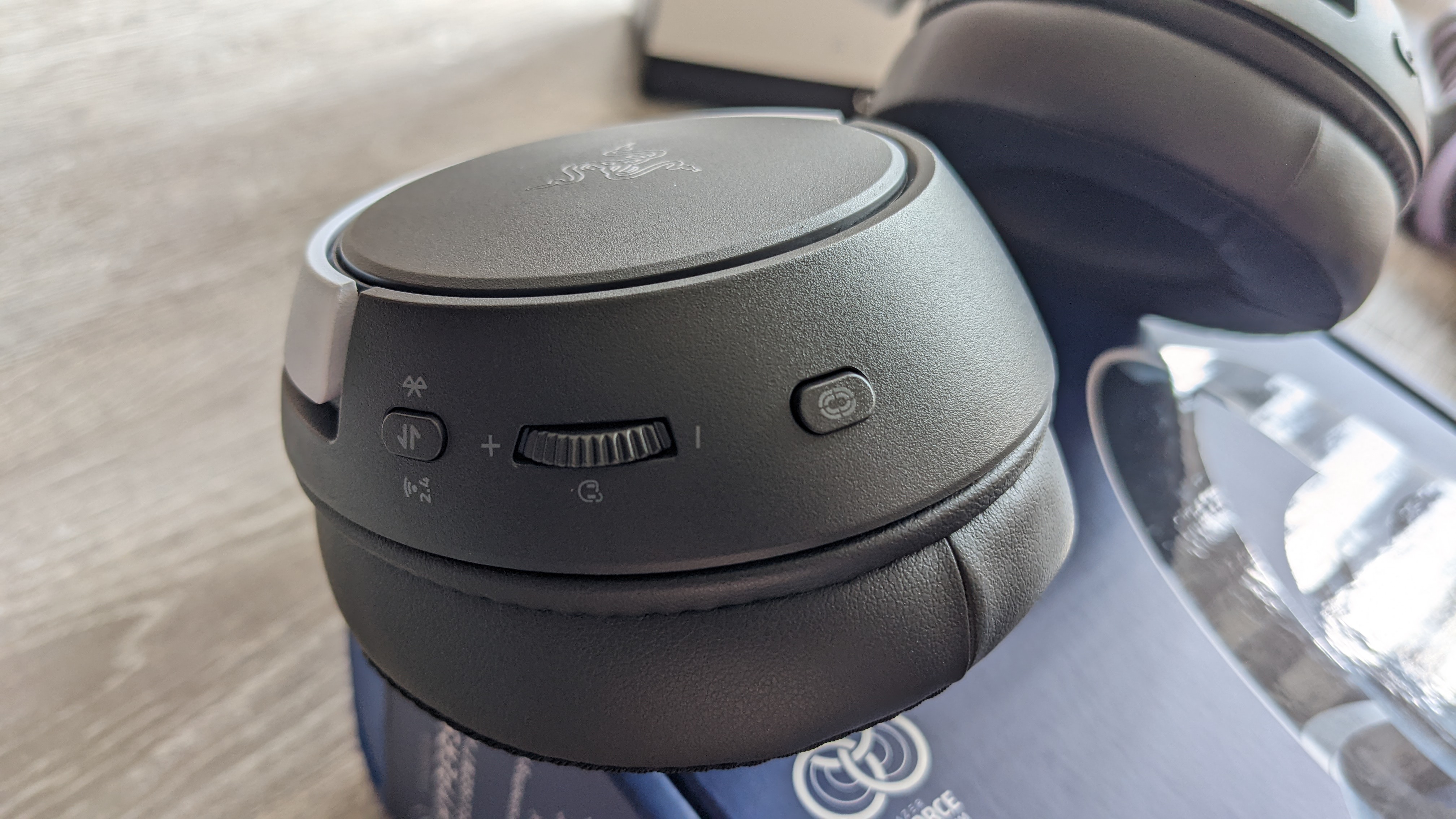
Designed to match the PS5's aesthetic, the Razer Kaira Pro features a white headband with black earcups, accompanied by silver swivels. All-in-all, it fits in so well that you'd think it was built by Sony.
It's only missing the curvature of the PULSE 3D wireless headset to show that it wasn't. That and the Razer logos, which accentuate each earcup with RGB lighting that can be controlled through the Razer Audio mobile app.
| Category | Spec |
|---|---|
| Weight | 365 grams |
| Driver diameter | TriForce Titanium 50mm |
| Frequency response | 20 Hz – 20 kHz |
| Microphone pattern | Unidirectional - Supercardioid |
| Battery life | Between 11-50 hours (with/without haptics and RGB) |
| Wireless range | 30 feet |
| HyperSense haptics | Yes (low, medium, high, off) |
Before I used the SteelSeries Arctis Nova Pro, I never realized how useful a simultaneous connection between multiple devices could really be.
I found out how nice it was with the Kaira Pro while I was playing Genshin Impact, and a call on my phone automatically connected over Bluetooth so that I could answer it through the headset. Single and double presses of the power button allow calls to be accepted, rejected, or put on hold. A triple press will play the previous track you were listening to.
The audio quality itself passes the high bar that Razer sets time and time again. You can easily pinpoint directional audio cues depending on the action happening around you, and I continue to find that incredibly helpful. Both in terms of gameplay and the overall immersion.
In addition to the power button, there are on-headset controls for muting the microphone, adjusting its HyperSense levels, adjusting the sidetone and volume, cycling through EQ presets, and swapping between Bluetooth and 2.4Ghz. It has just about everything you need a button press away.
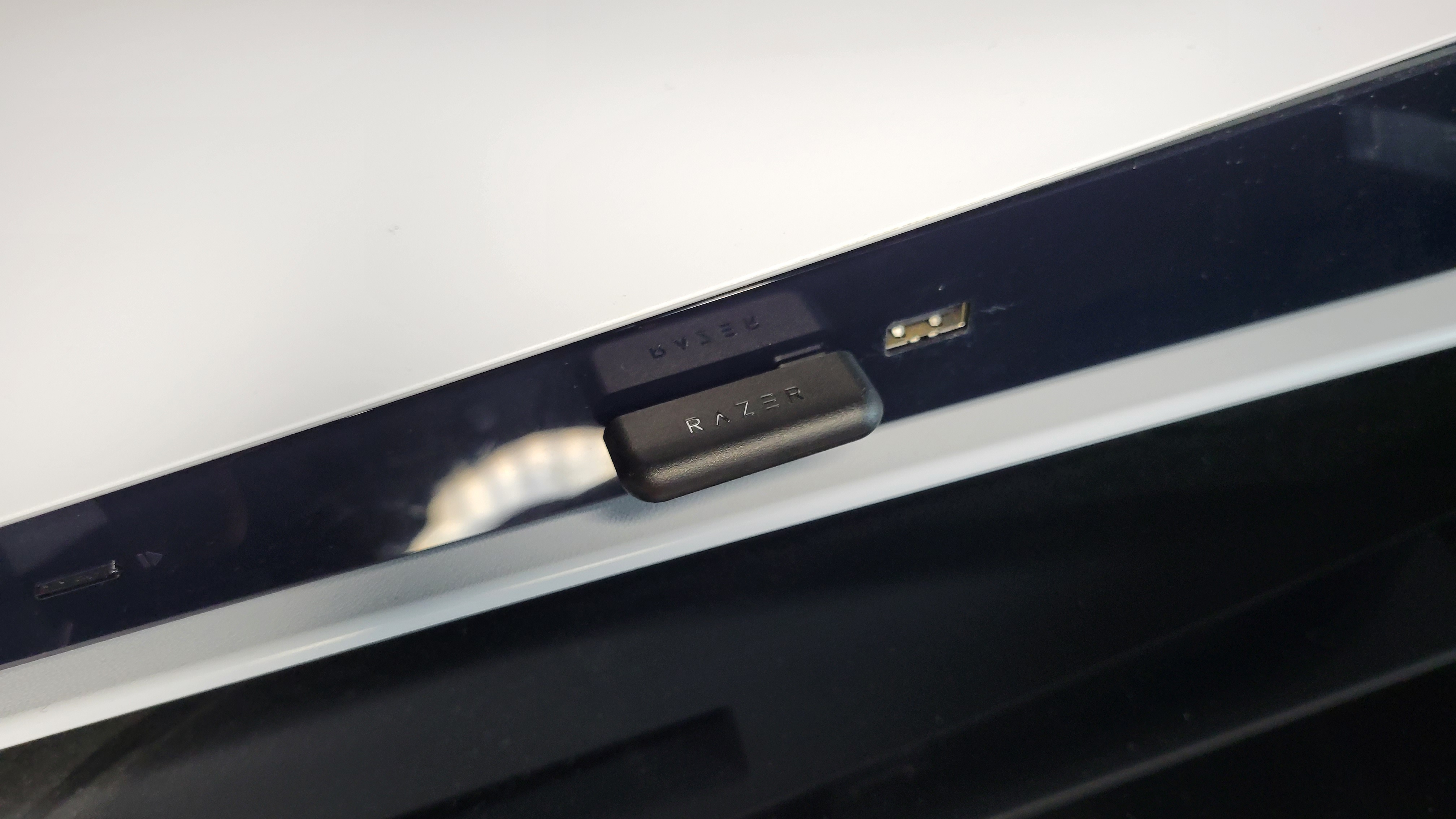
It's a small thing to note, but I love how the USB-C dongle was designed with the position of the PS5's front USB-A port in mind. The SteelSeries Arctis 7P's dongle blocks the USB-A port, making it unusable while it's plugged in. The Kaira Pro's dongle, however, took this into account and affixed the plug so that it isn't centered, meaning it can stay out of the way of the USB-A port. Details like this are easy to miss, but make a huge difference for quality of life.
Its HyperSense haptics are another game changer, bringing tangible feedback to every part of the experience since the DualSense already has them built-in. They can be turned off at any moment with the press of a button, or can cycle through low, medium, and high levels.
My only complaint is that I wish the levels weren't seemingly tied to volume levels as well. Even with HyperSense on high, it was sometimes difficult to feel it until I turned the volume up an obscene amount, so much so that I had to hold the headset away from my head to get the full effect.
Razer Kaira Pro: What could be better
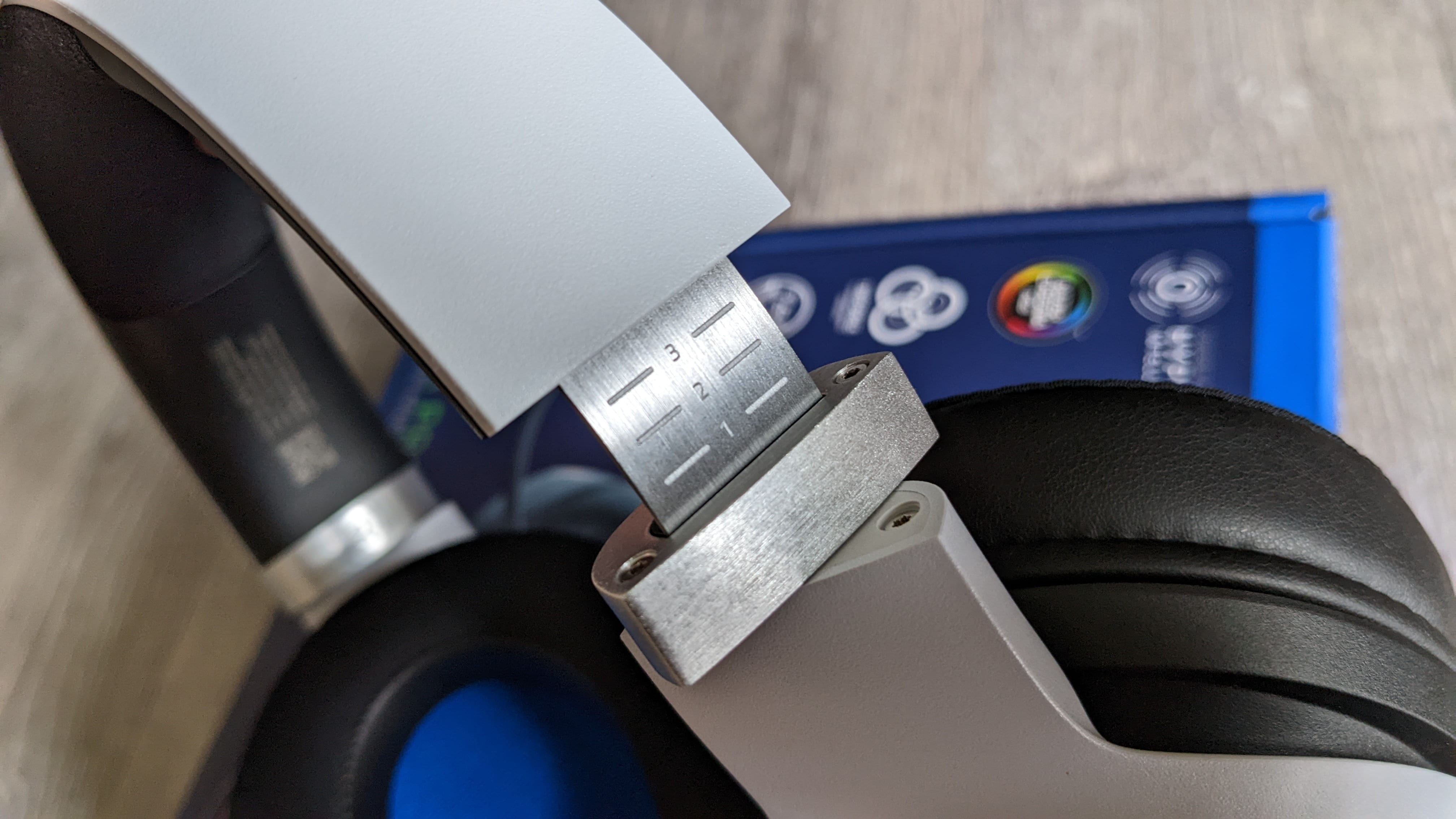
Because I tend to play single-player games on PS5, I don't use any of my headsets' built-in microphones all that much. Still, I realize how important those are for people who do play games online.
When testing out the detachable microphone on the Razer Kaira Pro, I found it's volume levels to be incredibly soft, so much so that I had to turn the volume up a lot to hear it played back. That was mainly an issue on PC, but on console thankfully those volume levels can be adjusted between players.
That said, the microphone is nothing to write home about. It's not bad by any means, but it doesn't stand out among the crowd. I'd say it's perfectly suitable for multiplayer gaming, but less so for any type of professional content creation.
I was also disappointed to see that the Kaira Pro wasn't supported on Razer's Synapse software. Synapse offers advanced customization tools to fine tune the audio experience.
As it stands, the Kaira Pro can only use the Razer Audio app on mobile. It features fewer customization options, though it does allow users to adjust the RGB lighting and EQ settings, which can be cycled through on the headset at any time.
Additionally, battery life was difficult to test because it varies so wildly depending on the RGB lighting settings and HyperSense levels. In one area on Razer's website it says that it can last up to 20 hours (with Chroma lighting/haptics) and up to 50 hours without, but another section of its website pegs the battery life between 11 and 50 hours. Realistically, you can expect anywhere in between that.
Razer Kaira Pro: The competition
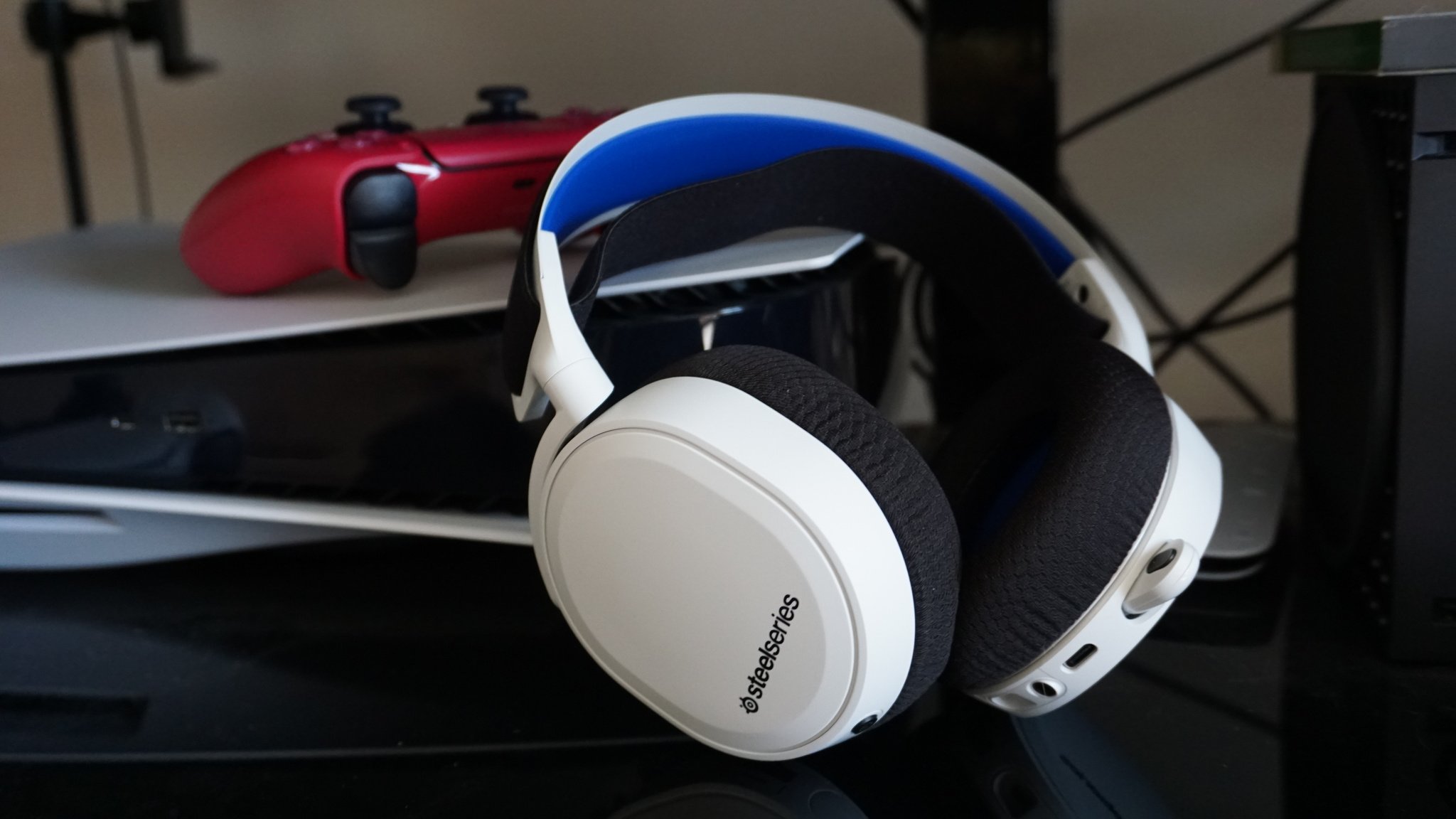
Besides a slew of other Razer headsets that the company produces, the Kaira Pro sees stiff competition in the SteelSeries Arctis 7P+.
It's by far the best wireless PS5 headset out there, and it retails for a bit less than the Kaira Pro. The Arctis 7P+ boasts comfortable fabric earcups that I've grown to like more than leatherette ones, and features a dependable battery life of up to 30 hours, which I can say is accurate in my experience.
It doesn't have any haptics like Razer's HyperSense to speak of, but it honestly doesn't need to. Where it lacks is in its wireless connection options. While the Kaira Pro utilizes 2.4GHz and Bluetooth, the Arctis 7P+ does not support Bluetooth.
Another option is the Turtle Beach Stealth 700 Gen 2 for PlayStation, coming in at $150. Though we found its microphone to be underwhelming, the Stealth 700 Gen 2 does have cooling gel-infused earcups for added comfort, and it comes packed with Bluetooth compatibility. Its 20-hour battery life is a bit of a letdown, but that's more than enough for a few gaming sessions on the weekend, and can likely last a full week of gaming after work.
Razer: Kaira Pro: Should you buy it?
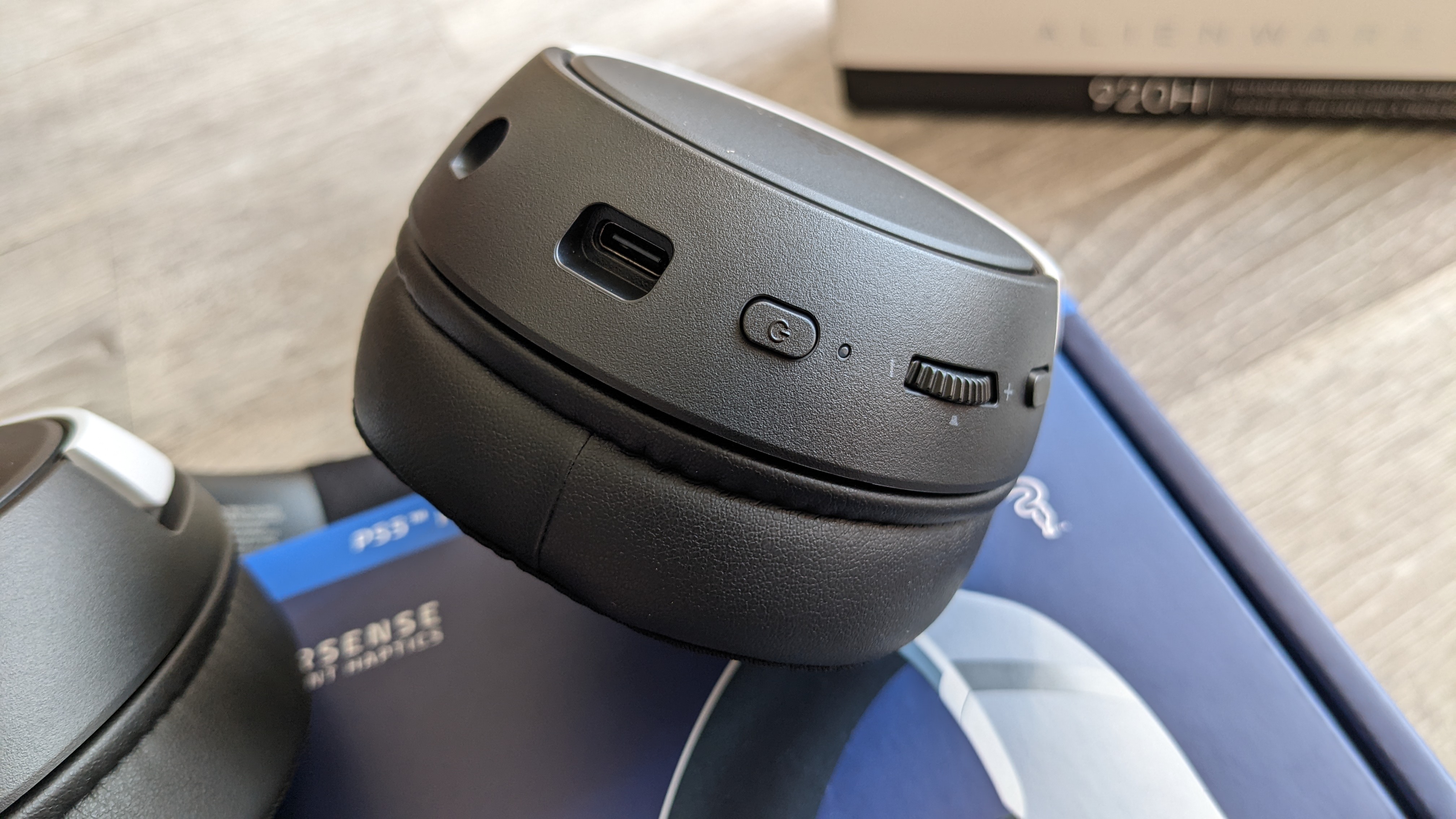
You should buy this if:
- You want Bluetooth and 2.4GHz with the option for simultaneous connections
- You want to feel haptic feedback with its HyperSense technology
- You appreciate its RGB lighting
- You're a loyal Razer customer and stand by its audio quality
You shouldn't buy this if:
- You want a headset with a more reliable battery life
- You don't care for HyperSense haptics and don't want to pay for it
- You want a better built-in microphone for content creation
When it comes to headsets designed specifically for PS5, this may be one of Razer's best. It's easy to write off the HyperSense haptics as a gimmick, but they truly add a lot to the gameplay experience, and they don't overwhelm your senses with needless feedback. Complete with a sleek design and a comfortable build, it was a pleasure to test out the Razer Kaira Pro for the last few weeks.
You might have to ask yourself if the haptics are worth the extra money you'll spend on it, because $200 can be a steep price point when other headsets out there cost a bit less and deliver similar quality audio. Regardless, the Razer Kaira Pro is worth your time to consider.
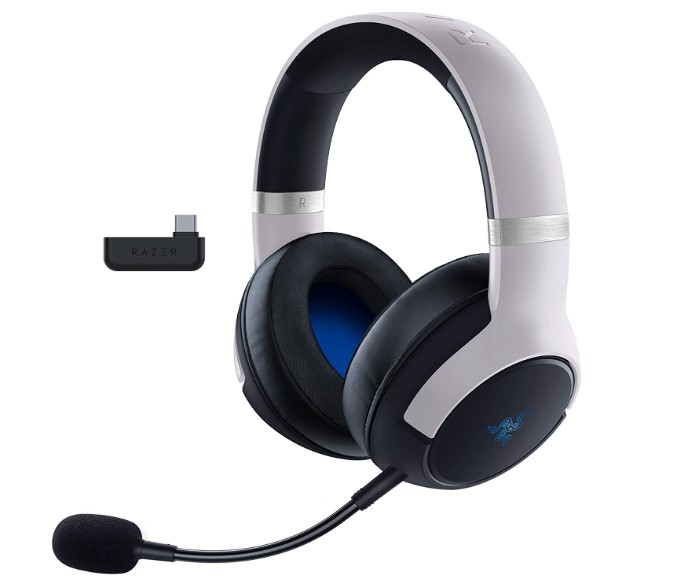
Delivering haptic feedback and simultaneous connections on multiple devices, there's a lot to love about the Razer Kaira Pro. It stumbles in a few areas, but the good vastly outweighs the bad here.

Jennifer Locke has been playing video games nearly her entire life. You can find her posting pictures of her dog and obsessing over PlayStation and Xbox, Star Wars, and other geeky things.
